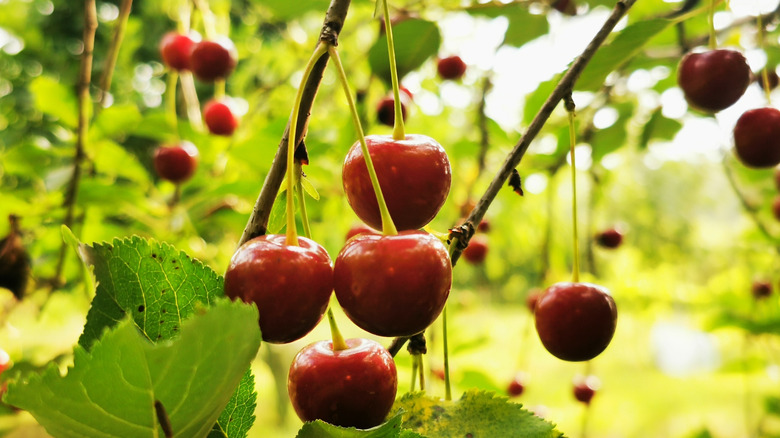Plant Your Own Cherry Tree The Martha Stewart Way
Martha Stewart's method of planting cherry trees doesn't start in the garden; it starts with picking delicious cherries and eating them at the kitchen table. Once you've eaten the fruit, the pit itself becomes the star of the tree-planting project. The first step is to remove any lingering fruit from the seed, as leftover pulp can attract mold and reduce the chances of sprouting. Washing it thoroughly and drying it completely ensures you have a clean start. From there, the pit needs to be "stratified", which is simply a fancy gardening term for mimicking winter.
In nature, cherry pits fall from the tree, sit in cold soil, and eventually wake up when spring arrives. You can trick the seed into following that timeline by slipping it into a plastic bag with a damp paper towel and keeping it in the refrigerator for about ten to twelve weeks. During that time, the moisture keeps it from drying out while the cold convinces the seed it has been through a long winter's nap. Every few days, peek inside to make sure the towel is still slightly damp.
The process requires a lot of patience, but not a ton of effort, which is part of the reason it's so attractive. And, it's no surprise that Martha endorses this method because her version of gardening is typically about respecting natural rhythms. When stratification is done correctly, the seed is primed and ready for the next stage, carrying with it the possibility of eventually growing into a tree that produces fruit you can enjoy for years to come.
How to turn patience into a seedling
After the stratification period, the cherry pit is ready for the soil. Martha Stewart recommends using a small pot filled with well-draining potting mix, a crucial detail because cherry pits can rot if the soil holds too much water. The seed should be planted about an inch deep, then covered and watered lightly. At this stage, consistency matters more than anything else. The pot should sit in a sunny spot where it will get plenty of natural light, and the soil should be kept evenly moist without ever turning soggy.
Germination can take weeks or sometimes months, which means you have to hearken back to patience being part of the process. It's not unusual to think nothing is happening, only to spot a sprout weeks later. That moment marks the beginning of the long journey from pit to tree. Once the seedling is strong enough, it can eventually be transplanted into a larger container or even outdoors, depending on your climate. Stewart's method is as much about embracing the wait as it is about celebrating the growth.
Gardeners who follow this approach can transform something that would usually be thrown away into a living plant with the potential to grow into a fruit-bearing tree. It's a reminder that simple, mindful practices — like checking moisture levels or placing a pot near a sunny window — can yield lasting rewards. With enough care, that little pit could become the centerpiece of your garden, offering not just blossoms in the springtime but bowls of cherries for years down the road.


